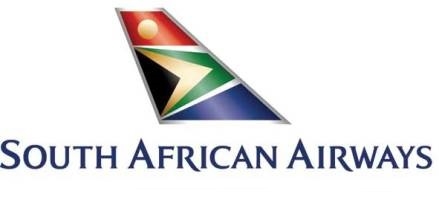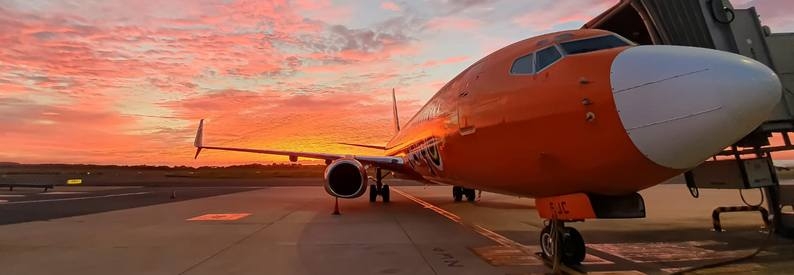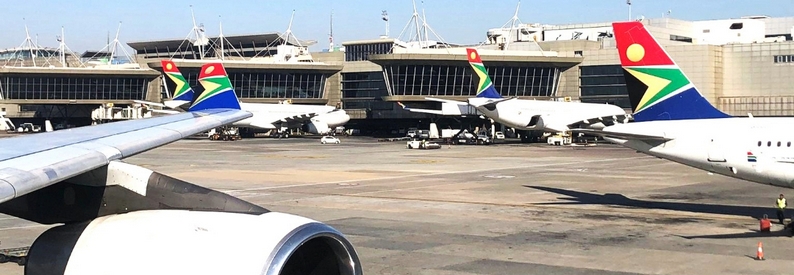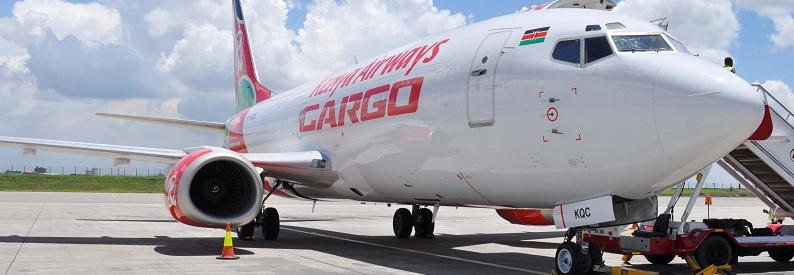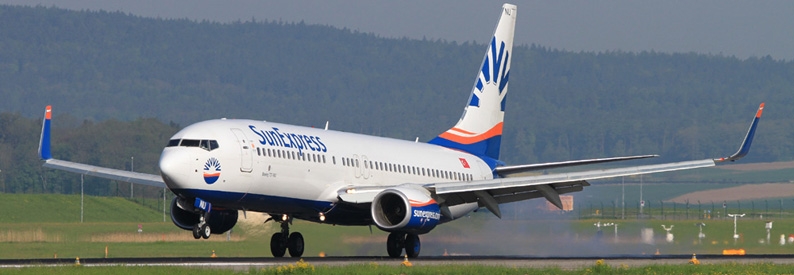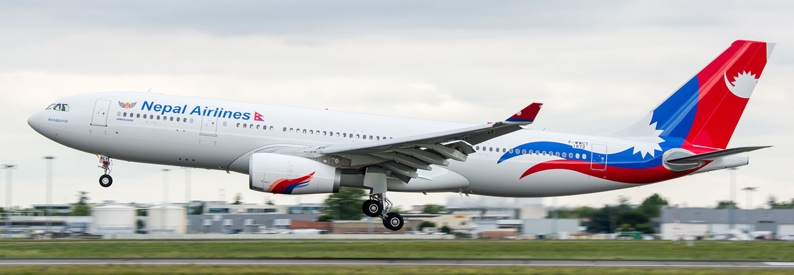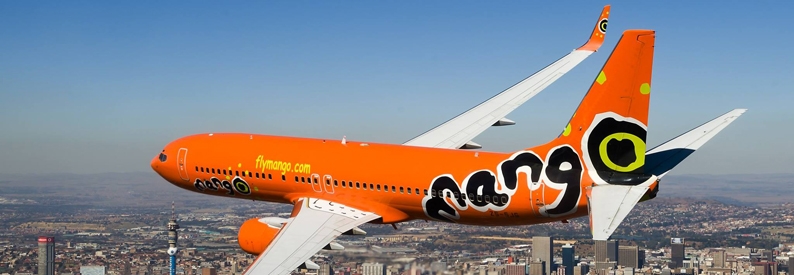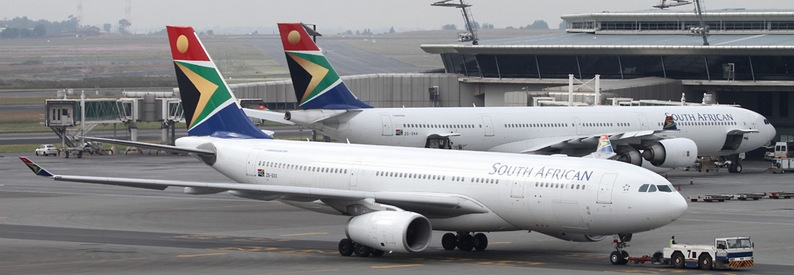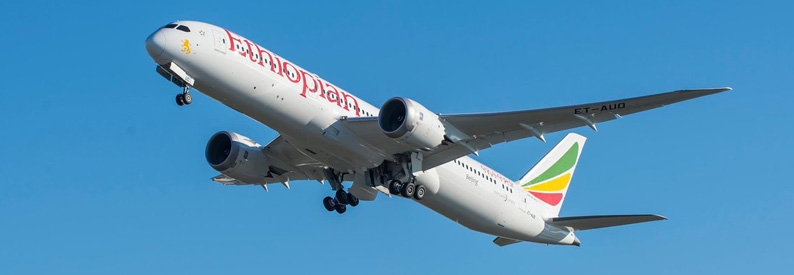South African Airways (SA, Johannesburg O.R. Tambo) is self-funding its operations and fleet growth and is no longer reliant on government guarantees, according to South African Transport Minister Barbara Creecy.
Speaking during her 2025/26 budget vote speech in Parliament in Cape Town on July 2, Creecy said: "The airline has concluded three out of four outstanding audits and reported a profit of ZAR252 million rands (USD14.3 million) for the 2022/2023 financial year for the first time since 2012. Now operating independently and no longer reliant on government guarantees, SAA is self-funding its operations and fleet growth, while remaining open to a strategic equity partner as part of its long-term restructuring."
Creecy said SAA contributed ZAR9.1 billion (USD518.8 million) to the national GDP in the 2023/24 financial year, a figure projected to more than triple to ZAR32.6 billion (USD1.8 billion) by 2029/30, according to a study by Oxford Economics Africa.
"Over the same period, the airline's operations are expected to support 86,700 jobs, up from the current 25,000, demonstrating its growing role as a national employer and economic catalyst," she added.
Creecy said SAA is pursuing "a bold route expansion strategy to strengthen its regional and global footprint".
"New regional routes from Johannesburg O.R. Tambo and Cape Town International aim to boost intra-African connectivity, supporting tourism and trade. The airline has begun a measured fleet expansion to meet growing demand, reinforcing its role as a connector of economies across the continent and beyond."
Creecy praised the outgoing interim board, led by chairman Derek Hanekom, for "stabilising and expanding the airline" following its emergence from business rescue in April 2021.
SAA has grown its fleet to 18 aircraft, with 14 in active service. Like many airlines worldwide, it faces supply chain delays that affect two parked A330-300s, while delayed certification has grounded four A320-200s.
The airline said a financing facility is currently under discussion for additional liquidity to sustain operations, issues not mentioned by the transport minister.
Following a state bailout in 2020 to fund its rescue - ZAR10.5 billion (then USD576.8 million), which ballooned to more than ZAR14 billion (USD769.1 million) - SAA was told it could no longer rely on government support. In October 2024, the airline declared itself debt-free, but sought a loan facility to bolster its low cash reserves after the collapse of a semi-privatisation deal with the Takatso aviation consortium, which had been expected to inject ZAR3 billion (then USD170.4 million) in operating capital over three years.
Update on South Africa's airnav crisis
The minister also provided an update on South Africa’s Air Traffic and Navigation Services (ATNS) undergoing urgent reforms after a government-appointed expert panel uncovered critical operational and safety shortcomings.
Following widespread concerns raised in late 2024, the panel found that ATNS was suffering from severe staff shortages, ageing and poorly maintained navigation systems, lapsed flight procedures, and systemic safety management weaknesses.
According to Creecy, ATNS has hired 37 key personnel, including air traffic controllers, safety specialists, and engineering instructors, and has recruited 25 trainees since January 2025.
She said upgrades to South Africa’s communication, navigation, and surveillance (CNS) systems are underway, along with procurement processes to modernise the national air traffic management infrastructure.
Creecy said 10 of 18 posts in the Aviation Safety Office have now been filled, and several safety audit findings are being addressed. However, she warned that many operations still rely on interim compliance measures or exemptions, and more work is needed to ensure fully compliant flight procedures nationwide.
She revealed that a major risk of flight procedure suspensions at key airports, including Johannesburg and Cape Town, was narrowly avoided in April.
Meanwhile, Creecy continued, the Airports Company South Africa (ACSA) has earmarked ZAR21.7 billion (USD1.2 billion) for infrastructure development, including a new air freight terminal at Johannesburg to help reach a target of 42 million passengers and 1.2 million tons of air freight annually by the end of the current political term.
She said audits are also underway on pending air service licences and foreign operator permit applications.
